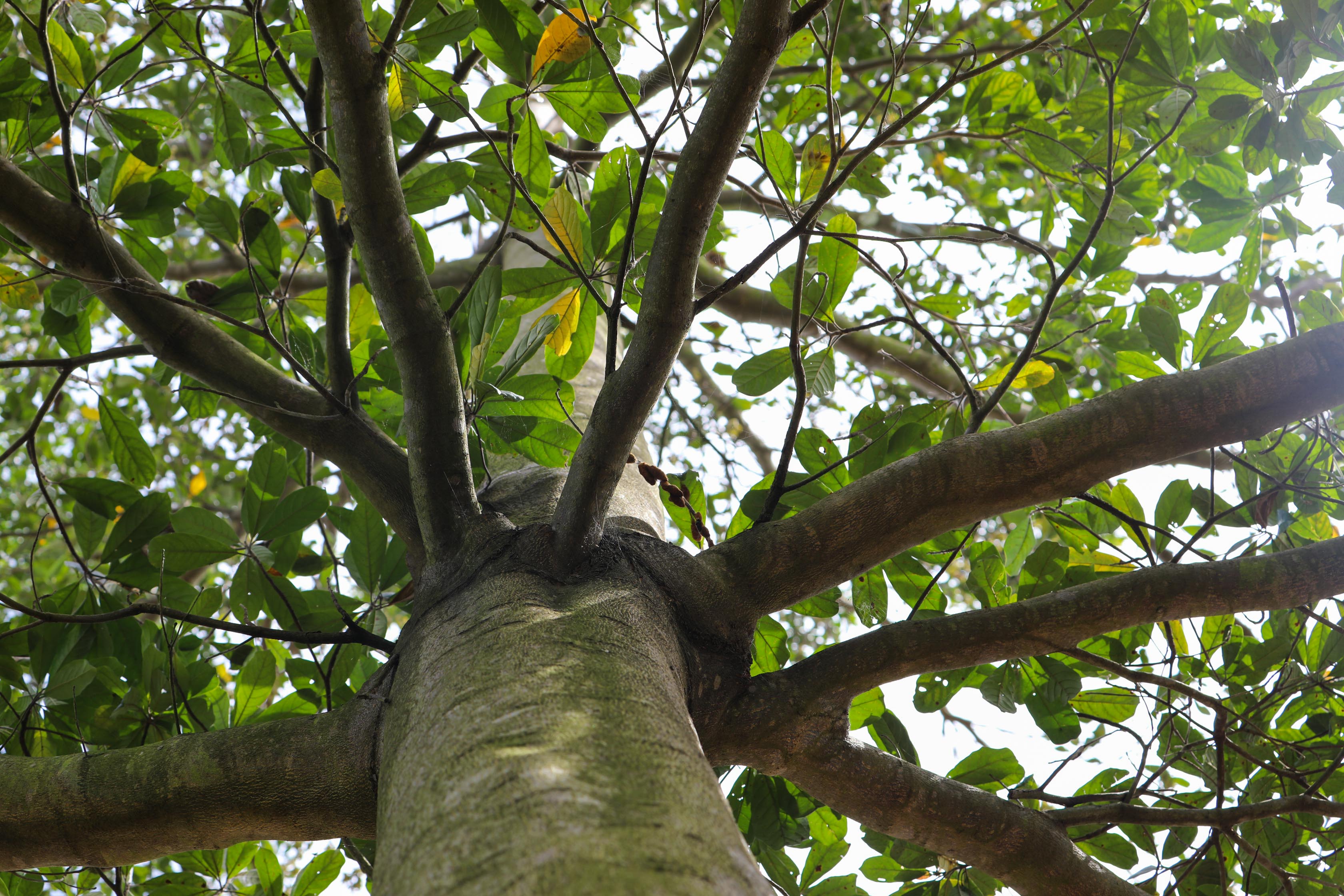
4 minute read
Cry Our Beloved Trees
By Mark Kaheru, Public Information Officer, RSCE
In the early 1920s, Colonial Chief Semei Kakungulu planted now endangered Mvule trees in Jinja. Bridge Street and Nile Avenue are some of the roads that were lined with these magnificent trees.
The trees are an essential feature in Jinja’s tourism and social fabric, as they not only provide beauty and shade for people taking their evening or morning strolls but are also essential for the sustenance of the environment.

In 2019, the management of the National Farmers Agricultural Showground wrote to the Jinja Municipal Council and requested for permission to fell two of the trees to give way for construction of a boundary wall. They later expanded that request to include four other trees.
It is important to note two things here. The Mvule Tree takes over 50 years to grow to maturity and the National Farmers Agricultural Showground occupies 16 acres of land.
Let us see if we can break this down a little further.
From primary school, we have been taught that trees conserve soil and water, enhance soil fertility and improve soil structure. Trees can also help retain moisture and reduce wind speeds and so contribute to higher crop yields.
This should be something of great importance to the farmers affiliated with the National Farmers Agricultural Showground. Oh, did I mention that permission was granted to the association on condition they paid to the Council a sum of two hundred and fifty thousand Uganda shillings (UGX 250,000/-)? Additionally, they were to plant five trees in replacement and maintain them to maturity…50 years.
Now isn’t that noble on part of Jinja Municipal Council?
For a national association of farmers to even think it okay to fell even one fully grown tree so that they do not lose 2 metres of their vast 16-acre land is not only ironic but rather laughable. For the Council to even condone the thought might be even worse. I believe it would have been best for the showground to build their wall 2 metres into their land so as to preserve the environment and beauty of Jinja.
And then in 2022, the same Council gave permission to Zhongmei Engineering Group to fell eight Mvule trees along Nile Avenue to widen the drainage systems. We see this a lot; the trees suffer so we can build roads.

In 2018, in a place called Katama Cell in Masindi District, a very famous tree that was named Rutumba was felled to pave way for the Bulima – Masindi – Kigumba road. Why was this tree famous?
On 25 April 1872, Sir Samuel Baker, the Governor-General of the Equatorial Province (Colonial Egypt) pitched camp under this tree as he prepared to take on 19-year-old Omukama Chwa II KABALEGA in what came to be known as the Battle of Baligota Isansa at Kyamuleju-Kijura North Cell, Central Division, Masindi Municipality.
Baker sought to annex Bunyoro-Kitara and the entire southern Nile basin to the equatorial province as part Colonial Egypt’s imperial ambitions to have full control over the River Nile. He was however humiliatingly defeated by Omukama Kabalega. Wouldn’t you say this tree was part of history, part of the Bunyoro cultural heritage?
Begs the question, how large is a tree that a road or a wall cannot be built around it? How hard is it to conserve our trees?

Uganda loses an average 510 square kilometres of trees annually since 1900. We have lost 51.4% of our forest cover since 1900. And yet it is not like we do not have a lot of arable land that we can occupy.
I know some say if we each plant a tree a year, we can get it all back…probably true but with trees that take 50 years to grow…will I ever be able to see a new Mvule tree grow to maturity in my time? Or should we replant our forests with mango and avocado trees and hope they do not come for those as well.










